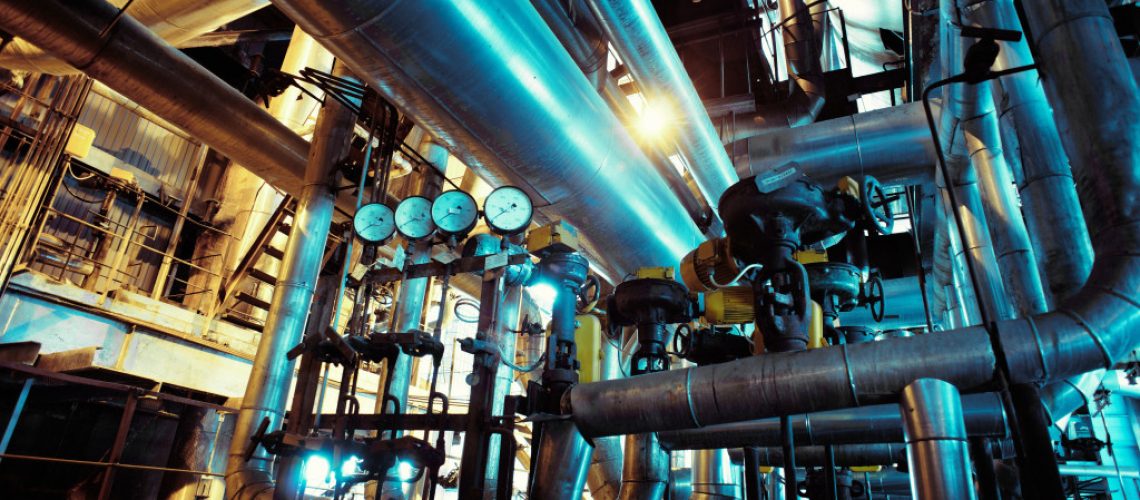Industrial facilities are responsible for producing a wide range of products used in society’s everyday lives. Whether it’s the food you eat, the clothes you wear, or the vehicles you drive, industrial facilities play a critical role in the economy and society.
By performing routine maintenance checks and repairs, plant managers can help ensure that their production lines are running as efficiently as possible and that any potential problems are identified and fixed before they cause major disruptions. Regular preventative maintenance can also help extend the life of industrial equipment and reduce the likelihood of costly malfunctions or accidents. So if you’re responsible for maintaining an industrial facility, here are a few tips to help you get started:
Planning Ahead
Preventative maintenance (PM) is critical to keeping your business running smoothly. You need to determine what team will be responsible for the routine maintenance and establish what type of PM you will use. Here are the differences among the different types:
- Time-based PM is scheduled according to a production calendar or other time-based intervals. This type of PM involves regular checks and servicing, whether or not problems are present.
- Usage-based PM is based on running hours, cycles, or some other measure of usage. This type can be used for instances such as filters that must be replaced after a certain number of hours of use.
- Risk-based PM is used when there is a potential for failure that could result in an accident, environmental damage, or some other type of loss. This type of PM is often used for safety-critical equipment.
- Condition-based PM is performed based on the condition of the equipment. This type of PM uses sensors to monitor the equipment and can be used to identify problems before they cause a failure.
However, you don’t have to limit your maintenance process to a single type. You can use a combination of types to create a custom plan that meets your needs. Planning ahead can avoid costly downtime and keep your business running smoothly.
Scheduling Preventive Maintenance
Establishing a schedule and sticking to it can ensure any potential problems are caught before they become too serious. Among the factors to consider when setting a schedule, two should be treated as priorities. First, how often do your facilities need maintenance, and how long would it take. This will help you understand the minimum time required for each maintenance. You might need to schedule more frequent inspections if your facility operates 24/7 or if you produce products with a short shelf-life.
The second priority is to schedule the maintenance at a time that doesn’t affect production or operations. You can collaborate with other departments to find the best time for everyone. For example, if you have a 24-hour operation, you can schedule maintenance during the slowest hours. However, if this proves challenging, you might consider replanning your operation schedule to accommodate maintenance. This will help you avoid any severe disruptions to your future workflow if one of your machines breaks down.

Implementing Preventive Maintenance
Once you have your plan and schedule, it’s essential to follow through and implement your plan. Here are common steps during preventative maintenance:
Machine Maintenance
Machine maintenance is important for industrial facilities because machines that are not correctly maintained can break down, potentially leading to a loss in productivity. Additionally, if a machine breaks down while it is in use, there is a risk of injury to workers. Maintenance also helps to ensure that machines are running efficiently and producing the best possible results. You can consult your machine’s manufacturer’s manual for specific maintenance instructions and recommended intervals.
Corrosion Control
Corrosion can have a major impact on the operation of industrial facilities. For example, it can cause tanks to leak, which can lead to the halting of operations and costly repairs. These costs depend on the type of corrosion, the damage, and the extent of the repairs required. That’s why it’s better to prevent corrosion in the first place. You can hire corrosion control services to prevent the deterioration of your industrial tanks’ surfaces. This would also allow you to avoid the disruption of business operations because of equipment downtime.
Leaks
Leaks can cause a lot of damage in an industrial facility. They can contaminate the area with hazardous materials, lead to fires, and create a safety hazard for workers. In addition, leaks can cause a loss in productivity as the facility is shut down to deal with the problem. It’s therefore essential to take steps to prevent and fix leaks as soon as possible. You can do this by regularly checking pipes and hoses for any signs of wear or damage. If you notice a leak, you should shut off the affected area and call a professional to repair it.
Reviewing Results and Making Adjustments
After implementing your preventive maintenance plan, you need to evaluate its effectiveness. For example, you can do this by looking at factors such as the number of machine breakdowns, the length of time it takes to fix a machine, and the amount of lost productivity. You might need to adjust your plan if there are still many machine breakdowns or the repairs are taking too long.
Preventative measures are important in any business, but especially in factories. By instituting regular preventative maintenance checks and schedules, factories can ensure that their machines run smoothly and efficiently. This can save the business money in the long run by averting costly repairs or replacements. Additionally, a well-maintained factory is more likely to be a safe factory.

